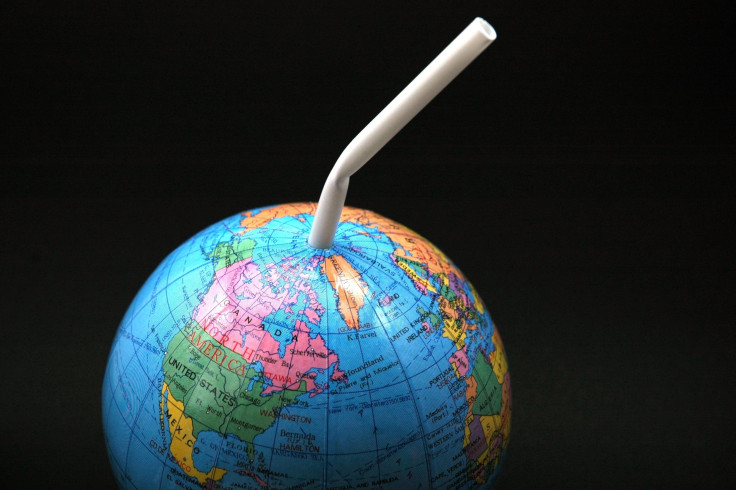Global Trends In Sugary Drinks Reveal Consumption By Country; America Ranks 26th For Sugar-Sweetened Beverages

Sugary drink consumption is at an all-time high, increasing the risk of obesity, diabetes, heart disease, and gout. In order to address health disparities by region and age, a team of researchers from the Friedman School of Nutrition Science and Policy at Tufts University conducted a worldwide study to track the trends of beverage consumption in 187 countries. Their findings, published in PLOS ONE, ranked the countries and age groups with the fewest and most people who drink sugar-sweetened beverages, fruit juices, and milk.
"Our analysis highlights the enormous spectrum of beverage intakes worldwide, by country, age, and sex," said the study’s co-author Gitanjali Singh, a research assistant professor at the Friedman School, in a press release. “While we know that different beverages substantially impact health, comprehensive and detailed estimates of intakes of sugar-sweetened beverages, fruit juices, and milk at the global, regional, and national levels by age and sex had not been available until this study."
Researchers analyzed data from 195 dietary surveys and included food availability statistics per country, all of which represented more than half of the world’s population between 1990 and 2010. They also categorized sodas, fruit drinks, sports and energy drinks, sweetened iced teas, and homemade sugary drinks as sugar-sweetened beverages. The results demonstrated vastly different consumption habits throughout the world, depending on age and region.
Throughout the world, they found that younger adults consumed more sugary beverages and less milk than older adults. Meanwhile, women over the age of 60 consumed the least amount of sugary beverages, on average, while also drinking the most amount of milk. Women aged 20 to 39 consumed the most 100 percent fruit and vegetable juice, with no added sweetener. The researchers also found that on average, the wealthier the country was, the more fruit juice and milk it consumed.
Even though the United States is ubiquitously known for its high rates of obesity, with more than one-third of its adults obese, it wasn’t the number one consumer of sugary beverages. America ranked 26th out of the 187 countries for sugary beverage consumption, drinking an average of one a day. It also ranked 21st for non-sugar sweetened fruit juice consumption.
Mexico and the Caribbean reported the highest intake of both commercial and homemade sugar-sweetened beverages, while Australians drank the most fruit juice and Northern Europe drank the most milk. Adults in East Asia, meanwhile, reported consuming the least amount of sugary beverages, averaging less than a quarter of what Americans drink a day.
Now that the team was able to identify regions by their drink consumption habits and the way they impact residents, Singh said they’ll be able to move forward and use this new data to develop targeted nutrition policies for specific populations.
“Geographic location was the most critical factor in the varying consumption levels for these beverages,” said the study’s co-author Dariush Mozaffarian, corresponding author, chair of the Global Burden of Diseases Nutrition and Chronic Diseases Expert Group, in the press release. “With this data, we can begin to establish and improve policies that promote the consumption of beverages low in sugar within specific countries, which may be more effective than one-size-fits-all interventions.”
Source: Singh G, et al. PLOS ONE. 2015.
Published by Medicaldaily.com



























